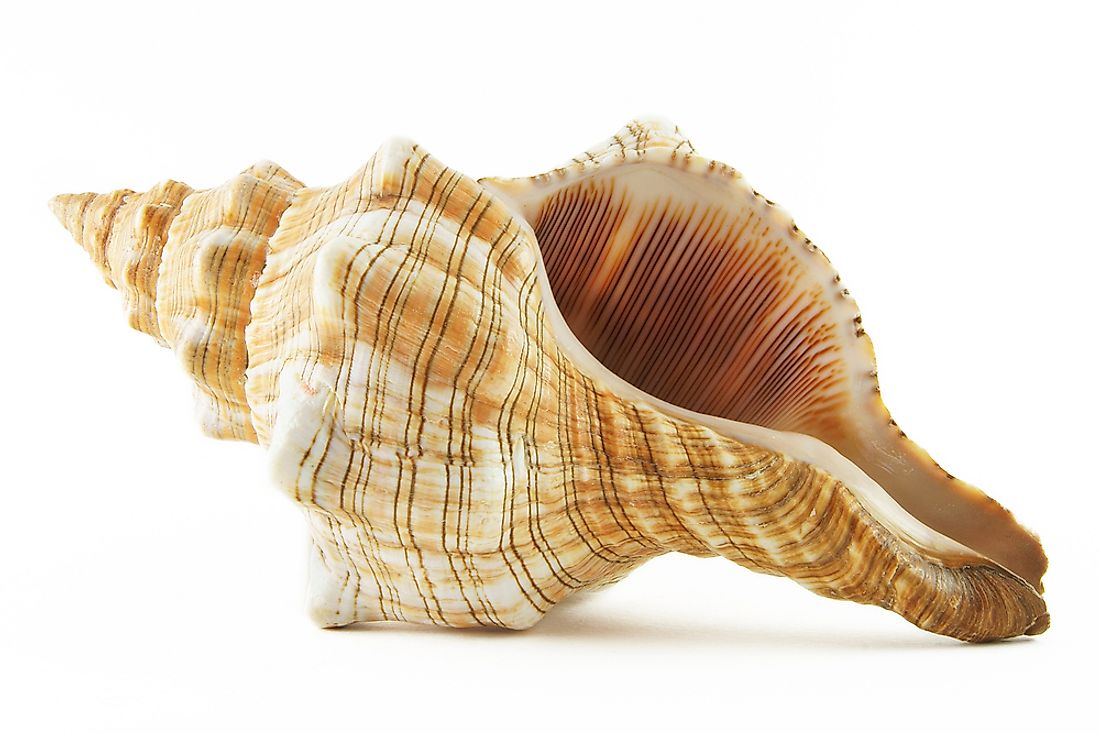Why Do You Hear the Ocean In A Seashell?

At one point while growing up you probably picked up a shell while on the beach or just anywhere you could find one, put it on your ear and what followed is that you heard the ocean waves rolling or sounded like it at least. Some of the stories kids were told to explain as to why you heard the ocean was because the shell came from the sea. At that time this made sense and you probably fell for that story. Surprisingly, however, there are a number of items that produce the same sound and make you wonder, did they come from the sea? In truth, however, the sound you hear is not the ocean.
Another explanation trying to explain this is that the sound is made by blood which makes an echo sound as it rushes in your ears’ blood vessels. The fact that this sound does not become louder after exercising (remains the same) dismisses this explanation because blood moves faster after exercises. Another explanation was given that the ocean sound is caused by air that flows through the shell. When you place the shell a little further from your ear, the sound increases than when the shell is tightly pressed against your ear. This theory has been dismissed because when in a soundproof room where the air is still present when the seashell is against your ear, you will not hear any sound. All these explanations are clearly not true and therefore beg the question what really happens?
The ocean sound you hear is actually is made by the noise that is present in the environment around you thanks to physics. This noise, in turn, resonates with the shell’s cavity. This means that the sound can not only be made by shells but by just any resonant cavity (an item in which waves are present in a hollow area inside it). A cavity resonator may also include empty cups or creating a cup shape with your hand over your ear. The sound is heard because ocean movements are similar to airflow. The seashell captures the noise around you and makes it resonate inside it. The resonance is made possible by the shell’s hard inner walls which are curved on which the noise bounces off. The resonance, in turn, produces the ocean sound. This is called seashell resonance.
Any cavity resonator including the seashells is very good at amplifying the surrounding noise. This means that the seashell needs surrounding noise to produce the sound (absence of surrounding noise leads to an absence of ocean sound). This explains why the aforementioned explanation that the ocean sound is caused by air does not work in a soundproof room. The surrounding noise includes the air around you, ongoing conversations, and even noises made by our bodies which are usually ignored by our brains but become “louder” when external noise is eliminated.
The ocean sound also depends on the size and shape of the seashell. In a big shell, the air takes a lot of time to bounce back and forth on the walls leading to a lower pitch and vice versa. The size and shape matters because different objects give out different levels of frequency. The angle and distance between your ear and the cavity resonator also matter together with the amount of noise that your environment gives out.











